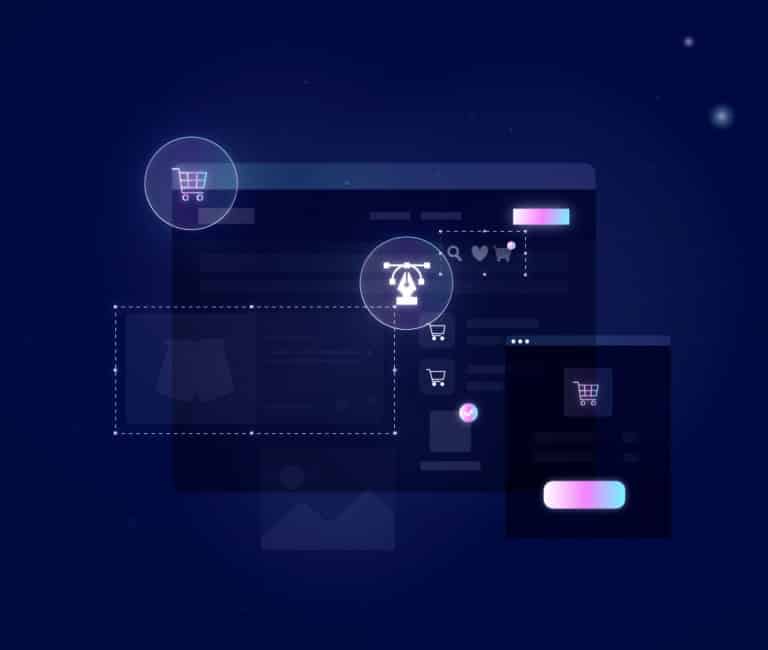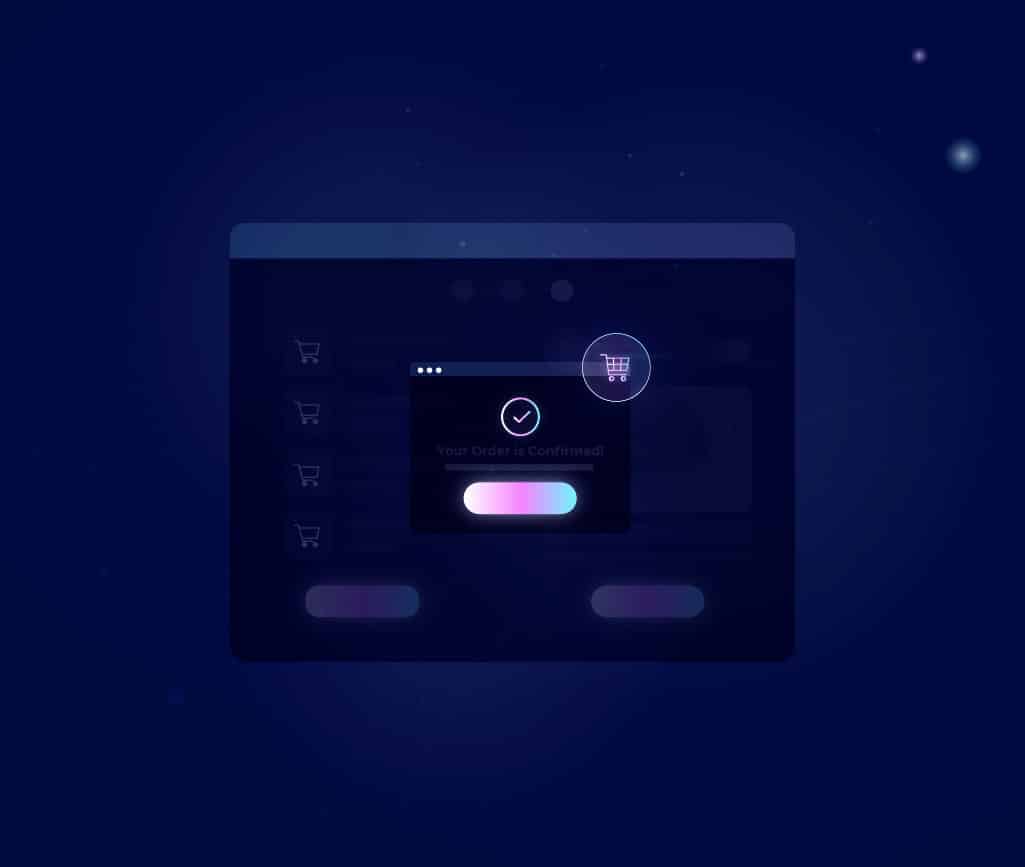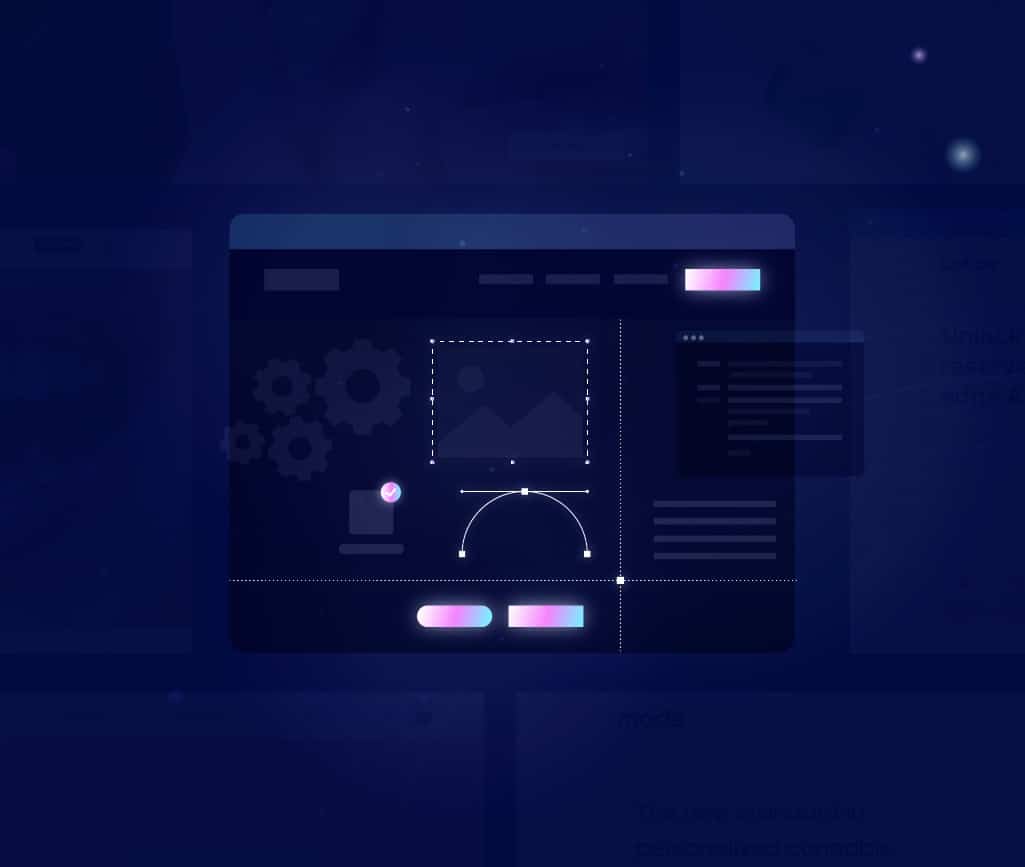Conversion Optimization
9 minute read
100+ Ecommerce Website Design Tips To Skyrocket Sales.
LAST UPDATED:
May 13, 2024


There’s no question that effective user experience design is essential to the success of any online store. Every extra click or misstep can be taking money out of your pockets – figuring out ideal design patterns and user journeys are essential for maximizing ecommerce revenue.
Structuring sites can be a long and confounded procedure. Managing customers, structuring models, coding, programming, and testing — there’s a great deal to monitor and a ton to ensure completes. That is the place website architecture agendas can make your life a mess simpler.
However, with changing trends and expanding customer experience needs it’s tough to not only continuously implement these types of improvements but plan them in the first place.
Don’t worry though, the team over at Huemor has your back.
We have taken the liberty to put together our list of the top 100 ecommerce website design tips to help you craft the best ecommerce user experience.
GET THE GOODS
Improve Your Whole Website With Our Complete Website Optimization Series Checklist.
- Track user behavior with tools like Google Analytics, Optimizely or Hotjar.
- Be sure you are using an enhanced analytics tool that will tell you not only what your customers are doing on your site, but who they are as well. Knowing your customers and their buying behaviors will help you improve retention rates and lower the cost of acquisition by allowing you to deliver a better customer service experience.
- Landing pages are a valuable digital marketing tool. For every ad you have running on the web, you should have a dedicated landing page. This will tell you how your ads are performing and help you tweak your efforts accordingly.
- The navigation bar should always be along the top of the page. Don’t make your customers work harder than they need to in order to find what they are looking for.
- Every page should feature a consistent basic design; this helps to minimize distractions as your users browse the site.
- Use common interfaces and navigational design so as not to distract users from their goal.
- Your site visitors need to move seamlessly from one page or product to another. Be sure your inventory is well-categorized so that they can easily find what they are looking for.
- Give them the option of viewing more or fewer items on a page.
- Avoid making the page reload every time the user hits the “back” button. Once they have viewed an item and are returning to the inventory screen, make sure they land in the same place they left off.
- Provide the option of filtering or sorting content for price, size, color, and so on. The faster your customers can find the item they want, the more you’re going to sell.
- Eliminate all dead-end pages on your site. There is nothing that frustrates a user more than a dead end.
- Position best sellers at the top of the page or at least make sure they are easy to find.
- Use single, simple words for your navigation menu so that your users will understand exactly what you want them to do.
- Dropdown menus should be vertical, not horizontal.
- If you use megamenus, they should be narrower than the page itself so your users can easily click outside of the boxes.
- Login and search options should not be buried in an internal page – put these options right up front.
- Use breadcrumb navigation to help your site visitors find their way back to where they came in.
- Your home page should be clean, uncluttered and easy to read.
- Your best-selling items should be right up front.
- Do not overcrowd your home page with too much information.
- Do not use flash intros or embed video or audio that automatically plays.
- Ensure that your home page images load quickly.
- Include your contact information or support link on several areas of the home page: the footer, the header, and a floating support or live chat tab give customers instant access when they have a question.
- Avoid using banners; most site visitors are already pre-wired to ignore banners so don’t waste your time.
- Choose a narrow palette of colors for your website theme.
- Don’t use the color blue for anything other than links.
- Use a unique color for your CTAs and apply it to each one.
Protip
Interested in a more in-depth take on how to improve your homepage? Check out our ecommerce homepage design guide.
- Design your site with mobile in mind as most users shop, compare, and research on their smartphones or tablets.
- Make sure it’s easy for users to tap on an item or a link: make the links big enough for their fingers to tap without activating the wrong link.
- Your site should be responsive, meaning it should look the same on any device or computer.
- Mobile touch targets should be a minimum of 1cm x 1cm with enough buffer to minimize errors.
- Do not require swiping left or right or any gestures other than normal scrolling.
- Ensure that your users can interact with your content using a single touch. Do not require them to double-tap.
Protip
Interested in a more in-depth take on how to improve mobile conversions? Check out our article about mobile conversion optimization.
- Sorting products into collections makes for easier navigation and it is helpful when you have a large selection of products.
- Automated collections match products to categories that you define (for instance women’s clothing, men’s clothing, handbags, power tools, and so on). This means when you add a new product in a certain category it will automatically be added to the appropriate collection.
- Manual collections will include only the products you choose to add. Manual collections are great for one-offs or if you are planning a sale.
Protip
Interested in a more in-depth take on how to improve your category pages? Checkout our category page design guide.
- Always use top-quality photographs for your products. Images should be clear and unambiguous.
- Take photos from several different angles if applicable. This is especially important for apparel, including shoes.
- Provide a brief but concise description of your products, including what materials it is made from, if applicable. Bullet lists are okay.
- Include all pertinent information, including sizes, available colors, materials used to make the item, country of origin, any extras that can be ordered along with it, and information on how to return the item if needed.
- Be sure to put your best-sellers at the top of the page.
- Clearly mark out of stock items or remove them from your product pages when inventory reaches zero.
- Use standard blue underlining to make your links stand out.
- Use a contrasting color for links already visited.
- Your links should always be obvious.
- Make sure your link text tells your site visitor exactly where the link is going to take them.
- Do not use the same type of blue underlining for non-linked items on the page.
- Product images should always be clickable.
- Product reviews should always be clickable.
Protip
Interested in a more in-depth take on how to improve your product pages? Checkout our product page design guide.
- Make sure your text is large enough and easy to read.
- Use a clean, white background.
- Use custom fonts to highlight brand personality but make sure they are easy to read.
- Do not make your text blocks too long or too wide. 600px should be the maximum width for best results.
- Your checkout should have as few steps as possible. The more steps, the higher the bounce rate.
- Give your shoppers the option to check out as a guest without signing in.
- Offer a range of payment options including all major credit cards as well as PayPal, Stripe or other payment processors.
- Offer a range of shipping options.
- Partner with a logistics company or platform that gives your customers the “Amazon” experience and allows them to track their shipment from door to door.
- Offer live chat help on the checkout page.
Protip
Interested in a more in-depth take on how to improve your checkout flow? Checkout our checkout page design guide.
- Always include a search field on your ecommerce website.
- The search field should be visible on every page.
- The search field is usually located to the right of the navigation or at the top right of the browser window.
- That’s where your customers will be looking for it.
- Your search box should look like a text box.
- For mobile sites, an icon is sufficient to indicate search.
- Make sure your search box is big enough for the site user to see their entire query.
- Collecting emails ensures that the sales you make on your site are not passive. Keeping in contact with your customers increases sales and boosts brand loyalty.
- Every page on your site should have a box to collect emails.
- Use several methods of capturing emails, not just one.
- Use slide-in email capture boxes or pop-ups. Movement catches the eye!
- Timing is everything: don’t hit them with a pop-up right away. 40 – 60 seconds after they land on the site is optimal.
- Offer value in exchange for their email.
- Offer a discount code.
- Offer free shipping.
- Offer exclusive content.
- Offer a chance to win in a monthly draw or something similar.
- Pop-ups can be as small as an email capture box or they can be spectacular full-screen landing pages in and of themselves.
- A full-page pop up email capture is an attention-getter.
- You can use a full-page pop-up as a content gate, meaning the user has to either enter their email or click “no thanks” to access the site content.
- Make sure you make the “no thanks” button is highly visible.
- Sidebars and footers give you a less intrusive way to keep your sign-up boxes and live chat handy for the user. They should be locked into the same place on every page for easy access.
- Even if you have pop-ups or slide-ins, add an email signup in your sidebar as well.
- Use your sidebar to display special offers.
- Place creative CTAs into your sidebar.
- Offer discount codes or special deals via your sidebar.
- Include an opt-in form in your footer as well.
- Include an opt-in at the end of each blog post.
- Include an opt-in at the bottom of each product page.
- Use simple, easy to understand icons.
- Do not use icons simply for design’s sake, make sure they actually do something and go somewhere.
- The text content on your site is crucial. Poorly written text is a major turnoff for many online shoppers.
- Make sure your site content is well-written and free of spelling and grammatical errors.
- Put your most important messages right up front – don’t make people dig for it!
- Your information should flow from left to right.
- Differentiate important information using contrasting colors.
- Location, hours, logistical information about your company should be easily found.
- Avoid using jargon: write in clear, plain English.
- Less is more: say what you need to say briefly and concisely.
- Adjust your mobile x-font height to make it easier to read on a device.
- Avoid small fonts.
- Make sure your headlines are responsive.
- Don’t write in italics – it’s harder to read.
- Don’t use ALL CAPS – it’s harder to read.
- Make that first impression lead to a second
- Consider using the best headless ecommerce platform that ensures smooth content synchronization and management.
Wrapping Up
There are far more than 100 ecommerce website design tips you can do to ramp up the power on your website, but these should give you a good foundation to get started. Think of this as a web design checklist that you can go through from time to time to check your progress.
GET THE GOODS
Improve Your Whole Website With Our Complete Website Optimization Series Checklist.
Get Memorable Insights.
Sign up to receive actionable web design advice directly in your inbox monthly.
Get Memorable Insights.
Sign up to receive actionable web design advice directly in your inbox monthly.
Author
Jeff Gapinski is the President of Huemor where he helps plan the long-term strategic growth of the agency. Jeff is passionate about UI/UX, demand generation, and digital strategy.
What Do You Think?
Have feedback? Maybe some questions? Whatever it is, we'd love to hear from you.








No comments found